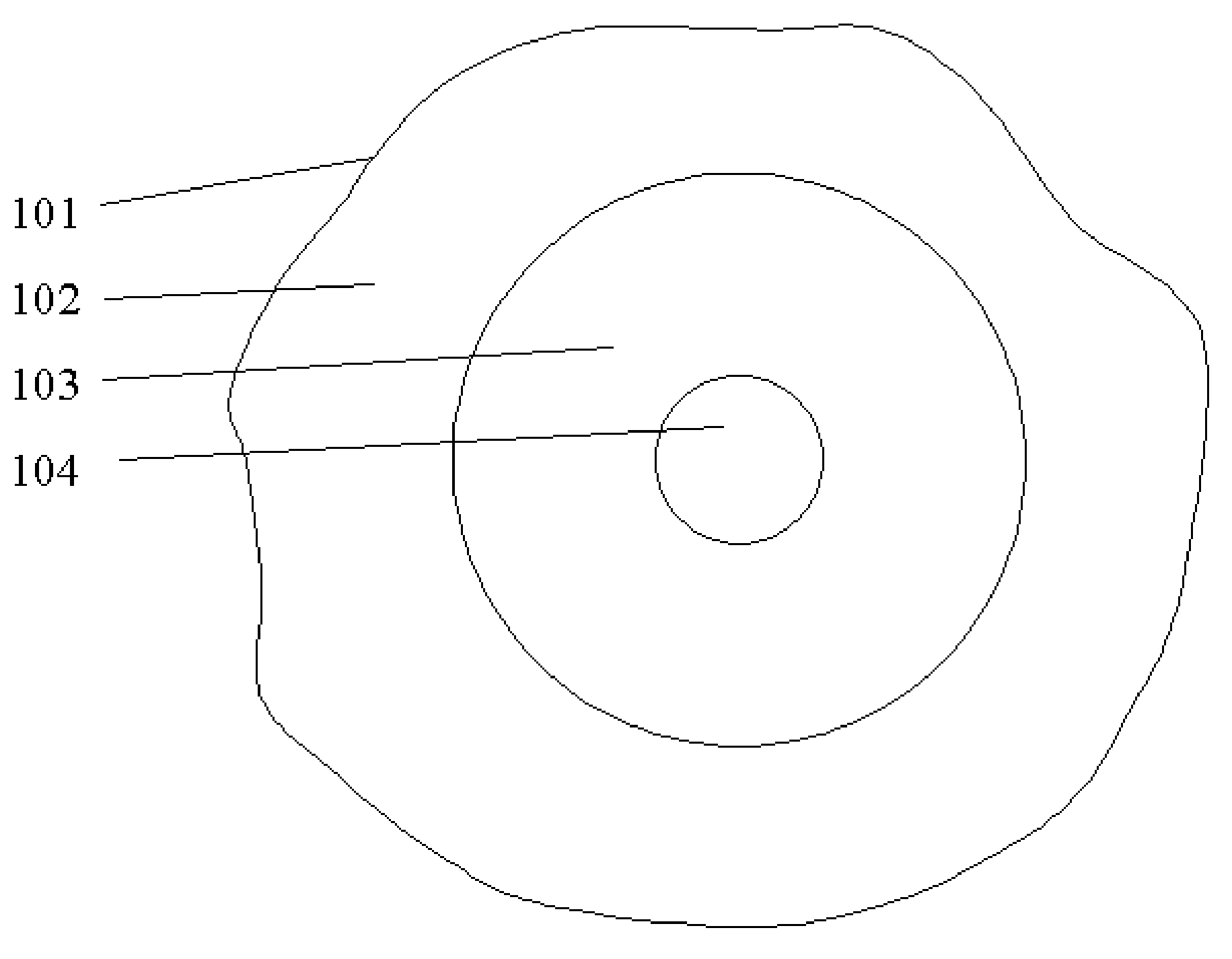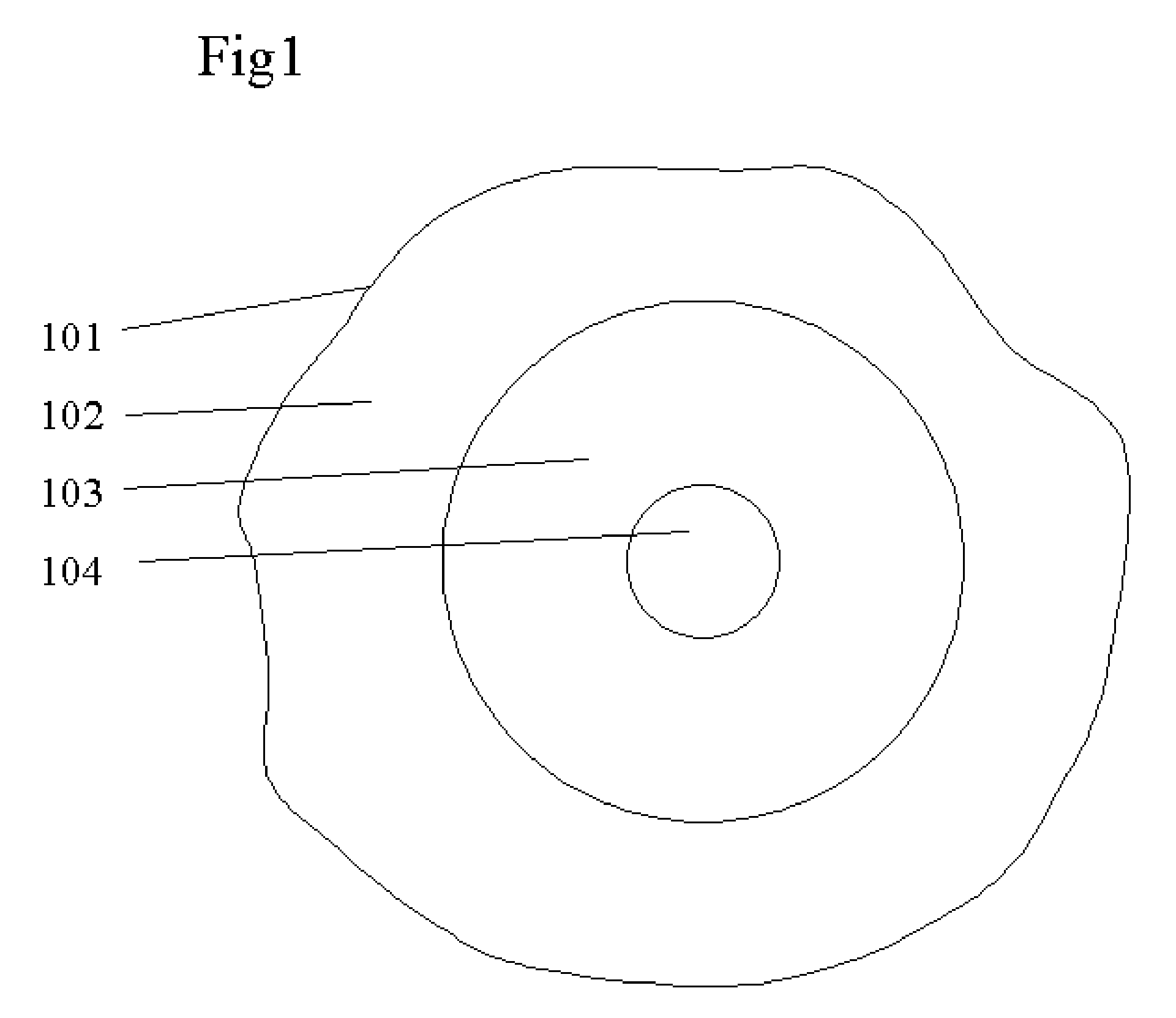Listening frequency and resource planning for CDMA based ad-hoc networks
a technology of ad-hoc networks and listening frequency, applied in network planning, network topologies, electrical equipment, etc., can solve the problems of complex systems that may combine, the near-far problem is a critical issue, and the topology may change rapidly and unpredictably, so as to reduce the near-far
- Summary
- Abstract
- Description
- Claims
- Application Information
AI Technical Summary
Benefits of technology
Problems solved by technology
Method used
Image
Examples
Embodiment Construction
[0021] This invention is about a method to reduce the near-far effect in the physical and media access control (MAC) layer for focusing on CDMA radio technologies in ad-hoc network systems. The radio resource is first organized and separated into small pieces, divided in both frequency domain (FDMA) and in time domain (TDMA). Each radio resource is considered as a physical radio channel (PRC). Any node in the network can dynamically allocate it. The near-far effect will be mitigated in each PRC, which is used for supporting a set of CDMA based sub-channels.
[0022] Each PRC is described by {Frequency Carrier ID, Time Slot ID}. Each unique PRC has an ID number. When a PRC is used for receiving channel, it is described as a set of parameters, X={PRC ID, desired receiving power level, a set of CDMA sub-channels}. When a PRC is used for a transmitting channel, it is described as a set of parameters, Y={PRC ID, adjustable transmitting power level, a set of CDMA sub-channels}. A PRC is eit...
PUM
 Login to View More
Login to View More Abstract
Description
Claims
Application Information
 Login to View More
Login to View More - R&D
- Intellectual Property
- Life Sciences
- Materials
- Tech Scout
- Unparalleled Data Quality
- Higher Quality Content
- 60% Fewer Hallucinations
Browse by: Latest US Patents, China's latest patents, Technical Efficacy Thesaurus, Application Domain, Technology Topic, Popular Technical Reports.
© 2025 PatSnap. All rights reserved.Legal|Privacy policy|Modern Slavery Act Transparency Statement|Sitemap|About US| Contact US: help@patsnap.com



